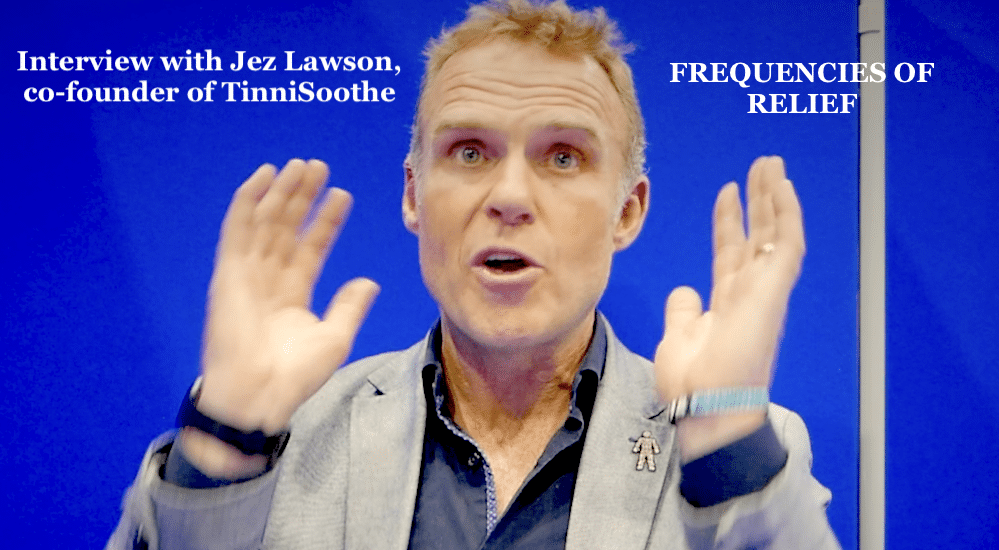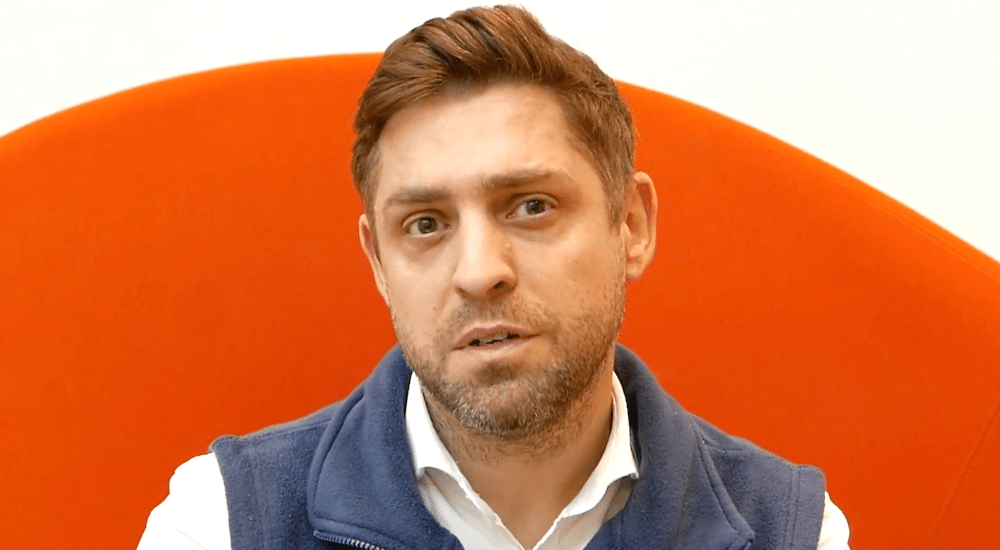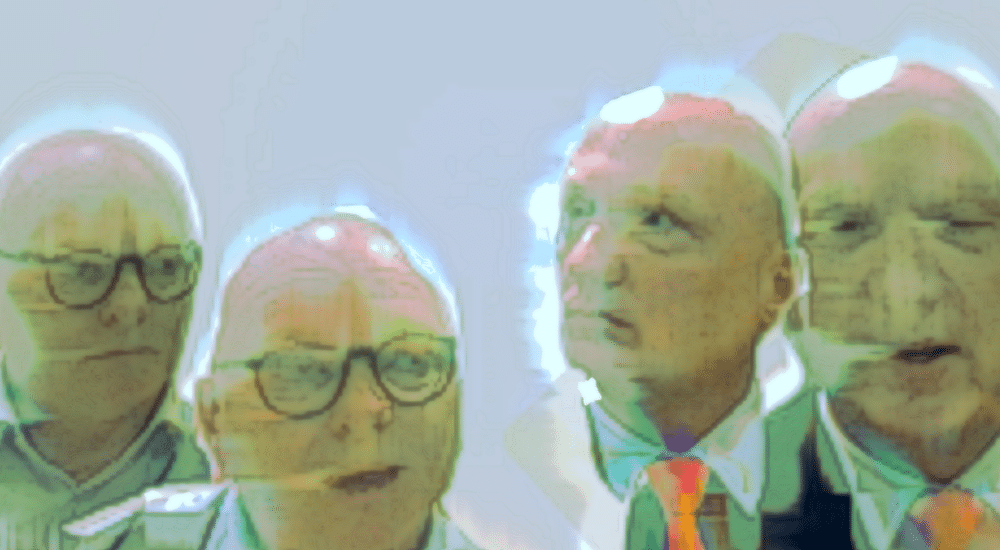What are the benefits of hybrid sound processing for those with hearing loss?
BIHIMA spoke to Nicolas le Goff, Director of Audiology at Bernafon, about their cutting-edge hybrid sound processing technology, the complex challenges that people with hearing loss experience and how technology and clinical processes can enhance patient quality of life.

BIHIMA: Can you tell us a little bit about your background and your role?
Nicolas Le Goff (NLG): Of course – I’ve worked in clinical research for some time… around 15 years, in fact. Originally, I studied engineering with a specialty in manufacturing, which I quickly realised wasn’t for me! I moved into acoustics and sound perception and have been captivated by the world of sound ever since. I’ve worked in hearing research for nearly 15 years now, starting off in academic research and moving into applied research in the industry. It’s an area that I’m not sure I’ll ever get bored of. It’s the things that we take for granted, like the sound of snow crunching underneath our feet, that mesmerise me. There are so many layers to sound perception; hearing really is fascinating.

BIHIMA: Can you tell us about hybrid sound processing? What are they and how do they work?
NLG: Bernafon has historically had a very unique approach to sound amplification, using rapid processing. This uses a single broadband level estimator, which is very good for picking up speech cues, such as temporal modulation. It’s a robust approach, and one with enormous benefits.
However, as often with technology, there are always drawbacks. If users were in an environment with sounds that were less natural than speech, then using a broadband estimation wasn’t always the best approach. We see this when intense sounds are present in a narrow frequency band for instance. One noise would dominate, and it perhaps wouldn’t be the one that the user needed or wanted to listen to. I often use the car analogy here; when you’re driving, you’ve got lots of non-natural sounds competing with speech – the rolling tyres, the engine – all at a low frequency. These sounds could dominate the broadband level estimator, with the result that the overall gain is shortly reduced, and this is not optimal for speech audibility in this situation.
Which is where Hybrid Sound Processing comes into play. As you can probably tell by the name, it offers a hybrid combination of the broadband approach with a multi-channel alternative. The multi-channel alternative comprises 24 level estimators, ideal for environments where speech is concurrent with other noises where it is designed to provide better sound quality and speech audibility. They work in parallel, with the technology using the one that is better suited to the situation at hand depending on the nature of the sound. You can also get a smooth blend of the two, depending on what approach is optimum.
The technology is a major milestone and one that has taken years to develop. So far, the reception has been incredibly positive!
BIHIMA: What are some of the common issues that people with hearing loss experience when wearing hearing instruments in busy environments?
NLG: Being in a noisy environment is difficult for anyone, as you have to differentiate between competing sounds. It’s particularly tiring and for those with hearing loss, the challenges are heightened; it isn’t just about the actual hearing loss, it can also impact on their quality of life, which is even more serious. People may find that they need to modify their own behaviour which can really impact their enjoyment of a situation and life quality. There’s a lot of research out there that talks about the health repercussions for those with untreated hearing loss, and the differences between having the right hearing technology versus something ill-fitting or none at all. This is something we’re passionate about.
BIHIMA: How could hybrid sound processing help people with the challenges associated with busy environments?
NLG: The hybrid technology would help through its multiple channel approach: it’s this that enables that comfortable, enjoyable sound in a busy, noisy environment. However, the main benefit comes from the combination of the hybrid sound processing with the approach to reducing noise. Here, the primary technology breaks down into directionality and noise reduction. Really, this is the opposite to the hybrid processing, which is all about amplifying sounds. The sweet spot lies in making the two work together to produce a natural, crisp and clear sound. And that isn’t easy! There are countless ideas out there about how the two systems can work together; the practical implementation is key, and difficult.
BIHIMA: What other systems can work alongside hearing processing systems to help people with hearing loss?
NLG: The primary hearing benefits of any hearing device come down to noise management, audio amplification and anti-feedback. Ensuring that all of these are to the highest standard is the first step, but ultimately the benefit comes back down to that sense of quality of life; and there are some great steps being made in that direction. Devices should be appealing and attractive for users: we want more people to utilise hearing technology, so improvements such as a move to rechargeable batteries, from isolated systems to connected devices and integrating technology with things like Bluetooth are only going to benefit the user. We will keep developing and expanding – the only way is up from here.

Bernafon Nicolas le Goff: “It’s the things that we take for granted, like the sound of snow crunching underneath our feet, that mesmerise me.”
BIHIMA: Finally, what would you love to see happen for the future of hearing technology?
NLG: That’s a tricky one! Ultimately, we want more people to benefit from hearing instruments and at a more rapid rate. This means we need more efficient processes to get patients to that point and for that point to be a successful one. The process for those with hearing loss exploring hearing technology will always involve a clinician, so this is where I would like to see more focus being directed: how can clinicians get patients to a good result and faster? There’s still a lot of resistance to people taking up hearing instruments, and plenty of instances of people having a hearing instrument fitted but that fitting not being a positive one. This needs to improve.
Historically, clinicians use audiograms for hearing instrument fittings, which is a necessary step, but not as wholistic as it should probably be. There’s a strong base of research around the value of moving away from the audiogram and towards a patient-centred form of fitting. This has enormous benefits, as fitting hearing instruments is complex and requires a true understanding of the patient. So, what I am hoping to see is deeper work in this space, with the benefits more readily made available to patients and a faster, more streamlined path to a good fitting. The ripple effects of this could be extraordinary.
About BIHIMA:
BIHIMA (British Irish Hearing Instrument Manufacturers Association) represents the hearing instrument manufacturers of Britain and Ireland, working in partnership with other professional, trade, regulatory and consumer organisations within the health care and charitable sectors. We raise consumer awareness about the latest hearing technology and aim to influence government and policy makers to improve the lives of people with hearing difficulties.
Source: Bernafon
 Sign in
Sign in

